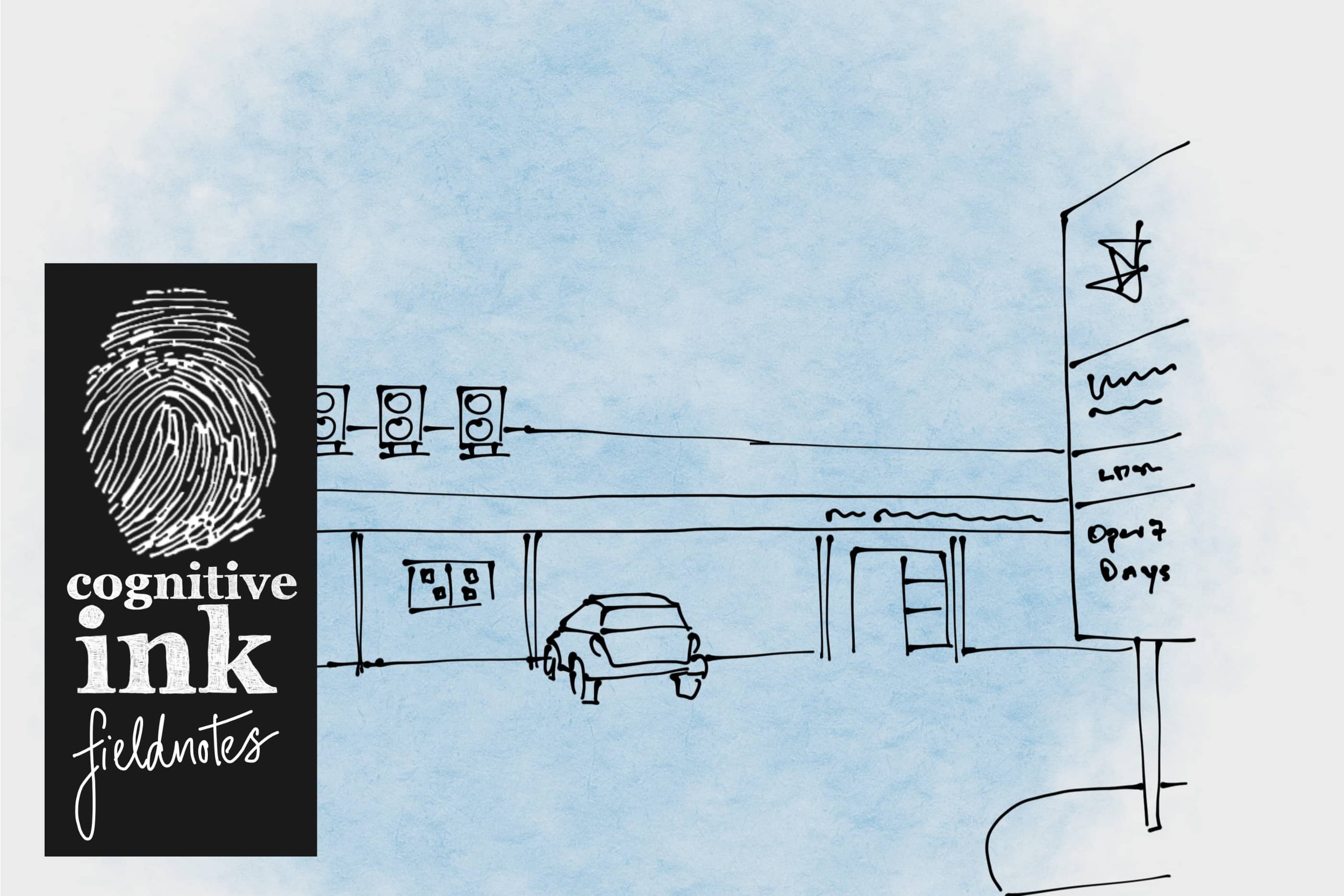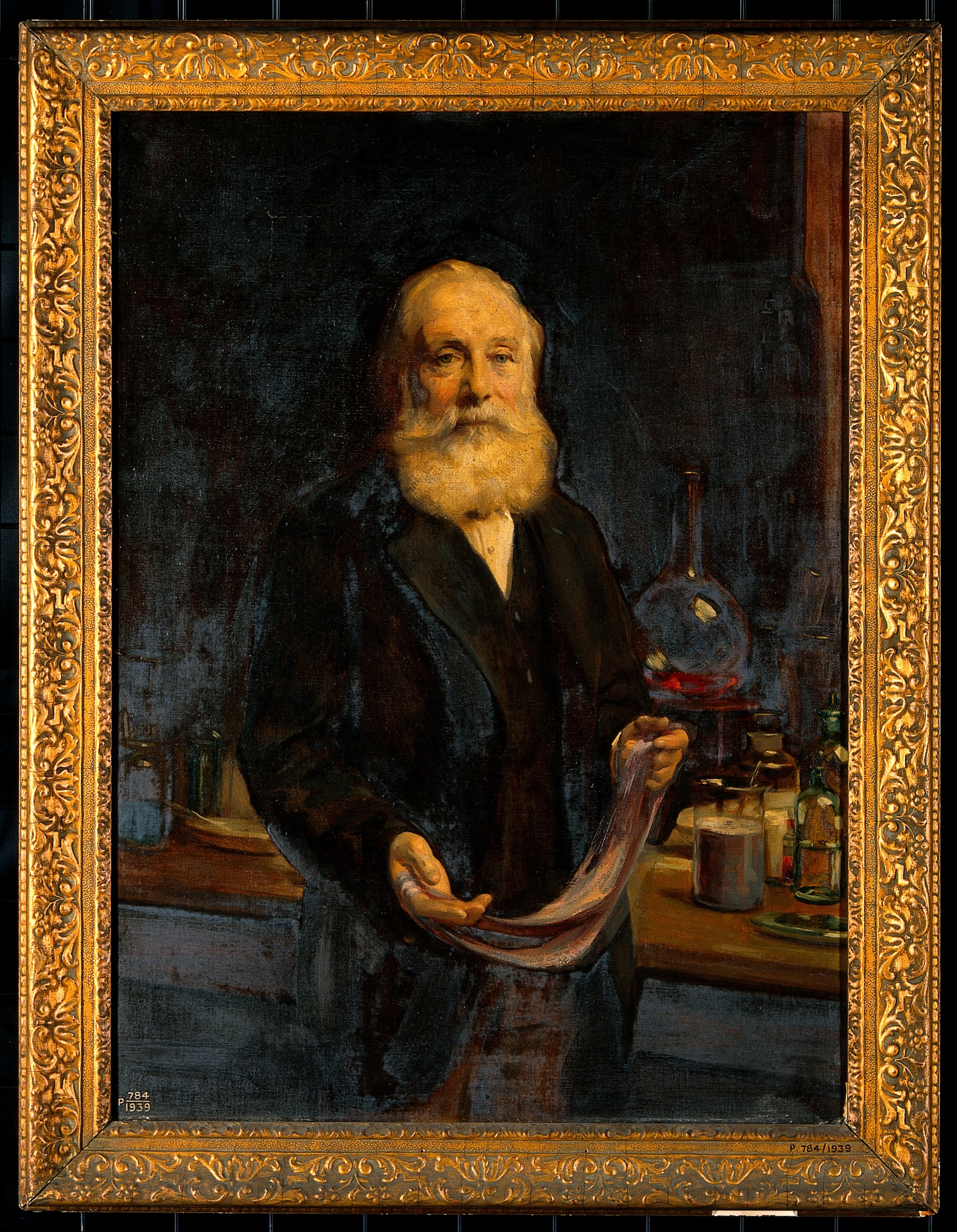Welcome to Cognitive Ink’s Fieldnotes
A behind-the-scenes look into our practical observations of life, work, society and everything in between. Our fieldnotes are made for curious people who like bite-sized inspiration. It’s going to be full of new ways of looking at things, forgotten facts, curious insights and little pieces of everyday life, annotated. We’re full-time ethnographers, which means that we’re good at picking up the interesting side of things wherever we are. We hope, in time, this will become a varied quilt of ideas.
Prioritising Service Improvements – More Than A Lick of Paint
There’s never enough time, resources or attention to fix everything that can be fixed. So you have to prioritise. But with so many layers in a service, it's difficult to figure out where the service is strong, or where it is lacking. And then there’s the emergence. Something that might seem unimportant, taken out of context and improved, can lead to a worse overall experience outcome because of how it contributes to the whole.
The Apparent Paradox of Generous Product Warranties
I recently had an exceptional warranty experience with a company whose product I’ve had for decades. Specifically, I redeemed a 25 year warranty on my Leatherman, an Oregon-made multi-tool that has been part of my go-to toolkit for years. The experience was so complete that I just had to tell the story. Leatherman's product-support approach challenges traditional methods of building, selling, and supporting everyday products.
The Black Hole of Post-Purchase Support
It’s also hard to ignore how many manufacturers are willing to outsource their post-purchase service provision with little thought to the varied experience customers encounter. I get the economics of outsourcing service provision, but I don’t think this lets organisations off the hook from trying to understand and improve on the long-tail experience that customers have with their product or services, long after they’ve left the factory floor.
How A Service Experience Can Pivot on a Single Point
On our quest to see the whole picture of a product, service or experience, it’s always worth taking time to peer down into the detail and find those handful of pivot points upon which the whole service might turn.
Protecting People From Mistakes
A while back, I had a really frustrating experience with a local telecommunications provider after my prepaid phone was suddenly disconnected. It took the better part of a week, several hours of online research and several long phone calls to find out what had happened and then resolve it. On one hand, once I explain, you might say, ‘That’s your fault.’ But on the other hand, I think it’s actually a good example of how service providers could do more work to protect people from mistakes. Let me explain…
How To Let Employees Solve Problems With One Creative Interaction at a Time
You can’t design for someone to take initiative, to be warm in their interactions and kind with someone who’s fallen afoul of policies set at a corporate level. But you can create an envelope of permission for people to think outside the box to solve problems for customers. Or you can make sure you hire people that are determined and brave enough to give a great service.
Ethics All The Way Down
Ethical behaviour isn’t a surface choice for a product or service. It isn’t something that’s just on a website, in a corporate press release or promoted in pitch videos for show.
Because none of us is average
In the late 1940s, the US Airforce faced a serious and mysterious problem: its pilots were losing control of their planes and crashing. Yet no human or mechanical error could be identified.
Research-Driven Features and Delight
Design, user and experience research is often seen as a limiting factor in product and service imagination innovation. This couldn’t be further from the truth. Research isn’t about asking people what they need, but about exploring how they do things, how they think about products and services and how they work together. Throwing features into a product or service, without research, isn’t innovation, it’s guessing.
Looking for something a bit more?
Dip into one of the hundreds of articles available on Christopher’s psychology, history, design and technology blog, Adventures in a Designed World. Here’s a few interesting samples…















